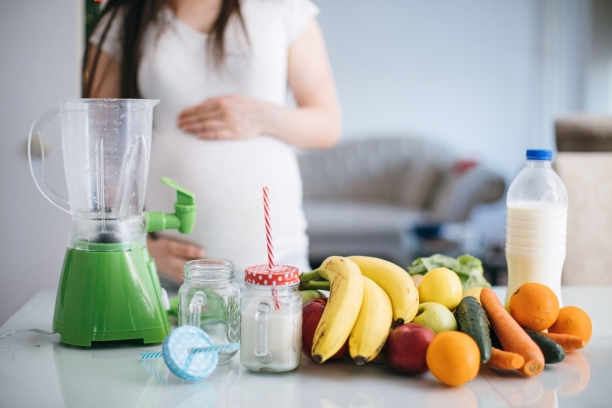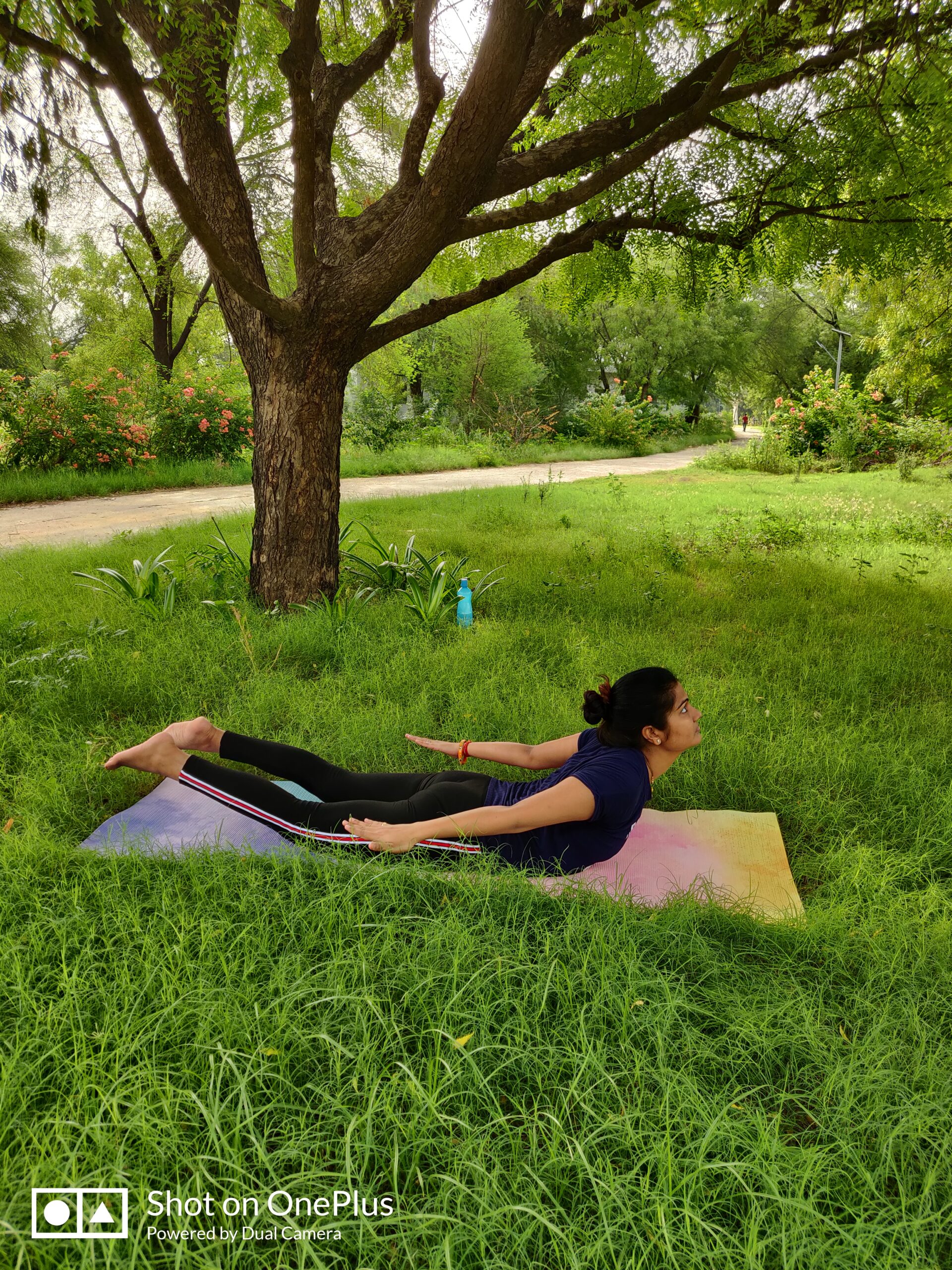Introduction
Pregnancy is a beautiful and transformative journey in a woman’s life, but it can also bring along various challenges. Among these challenges, one of the most concerning is Preeclampsia and its severe form, Eclampsia. These conditions not only affect the health of the mother but can also impact the well-being of the unborn child. While conventional medical treatments are available, an increasing number of women are turning to naturopathic and yoga-based therapies to complement their prenatal care. In this comprehensive guide, we will explore the naturopathic management, treatments, and yoga therapies for Preeclampsia and Eclampsia, aiming to promote a holistic approach to pregnancy wellness.

Understanding Preeclampsia and Eclampsia
1. What is Preeclampsia?
- Definition and Diagnosis
- Risk Factors and Prevalence
- Impact on Pregnancy
2. The Emergence of Eclampsia
- Progression from Preeclampsia to Eclampsia
- Identifying Eclampsia’s Symptoms
Causes and Symptoms of Preeclampsia and Eclampsia: Understanding the Risks
Preeclampsia and eclampsia are serious medical conditions that can complicate pregnancy. While these conditions can arise without warning, understanding their causes and recognizing their symptoms is crucial for early detection and effective management. In this section, we will delve into the causes and symptoms of preeclampsia and eclampsia to provide you with essential knowledge about these pregnancy-related conditions.

Causes of Preeclampsia and Eclampsia
1. Placental Problems
- Insufficient Blood Flow: When the blood vessels in the placenta don’t develop properly or are narrower than usual, it can restrict blood flow to the placenta.
- Placental Dysfunction: Abnormalities in the placenta’s function can contribute to preeclampsia, as it may release certain substances that affect blood vessels.
2. Immune System Factors
- Immunological Response: Some women may experience an abnormal immune response to pregnancy, leading to inflammation and blood vessel problems.
- First Pregnancy: Preeclampsia is more common in first pregnancies, which might be due to the mother’s immune system response to the new fetal cells.
3. Genetic Factors
- Family History: A family history of preeclampsia can increase a woman’s risk of developing the condition.
- Genetic Factors: Specific genetic factors may predispose some women to preeclampsia.

4. Cardiovascular Risk Factors
- Obesity: Women with obesity have a higher risk of developing preeclampsia.
- Hypertension: High blood pressure before pregnancy or in early pregnancy is a significant risk factor.
- Preexisting Conditions: Chronic conditions like diabetes, kidney disease, and autoimmune disorders can increase the risk.
Symptoms of Preeclampsia and Eclampsia
1. Common Symptoms of Preeclampsia
- High Blood Pressure: Persistent elevated blood pressure readings above 140/90 mm Hg.
- Proteinuria: Increased levels of protein in the urine, indicating kidney problems.
- Swelling: Edema, especially in the face and hands, is a common symptom.
- Headaches: Persistent and severe headaches that do not respond to over-the-counter pain relievers.
- Visual Changes: Blurred vision, flashing lights, or spots before the eyes can occur.
2. Additional Symptoms of Severe Preeclampsia
- Severe Headaches: More intense and prolonged headaches.
- Shortness of Breath: Difficulty breathing, even when at rest.
- Upper Abdominal Pain: Pain beneath the ribcage, often on the right side.
- Nausea and Vomiting: Persistent nausea and vomiting.

3. Warning Signs of Eclampsia
- Seizures: Eclampsia is characterized by seizures, which are a medical emergency.
- Loss of Consciousness: Seizures may lead to a loss of consciousness.
- Other Neurological Symptoms: Neurological abnormalities such as confusion or coma can occur.
It’s crucial for pregnant individuals and their healthcare providers to monitor for these symptoms, especially after the 20th week of pregnancy. Early detection and management of preeclampsia can significantly reduce the risk of complications for both the mother and the baby.
Naturopathic Treatments for Preeclampsia and Eclampsia
1. Nutrition and Dietary Guidance
Balanced Diet: Naturopathic practitioners emphasize the importance of a well-balanced diet during pregnancy. A diet rich in whole foods, fruits, vegetables, and lean proteins can provide essential nutrients and support overall health.

Supplements: Naturopaths may recommend specific supplements, such as calcium, magnesium, and omega-3 fatty acids, which can help manage blood pressure and reduce inflammation.
Herbal Remedies: Some herbal preparations, like hawthorn and garlic, have mild hypotensive (blood pressure-lowering) effects and may be considered under naturopathic guidance.
2. Lifestyle Modifications
Stress Reduction: Stress management techniques, including mindfulness meditation, deep breathing exercises, and yoga, can be valuable in reducing stress levels, which may contribute to preeclampsia.

Exercise: Safe and appropriate physical activity can help maintain cardiovascular health. Naturopaths may recommend gentle exercises tailored to the individual’s condition and trimester.
Hydration: Proper hydration is essential. Naturopathic practitioners may suggest adequate water intake to support kidney function.
3. Hydrotherapy
Hydrotherapy involves the therapeutic use of water in various forms, such as baths, compresses, and wraps. Hydrotherapy can promote relaxation, improve circulation, and reduce swelling, which can be beneficial for individuals with preeclampsia.

4. Acupuncture and Acupressure
Acupuncture and acupressure are traditional Chinese therapies that involve stimulating specific points on the body. Some studies suggest that these techniques may help manage blood pressure and reduce stress during pregnancy.

5. Mind-Body Practices
Mindfulness-Based Stress Reduction (MBSR): MBSR programs teach mindfulness meditation techniques that can be effective in managing stress and anxiety, which are associated with preeclampsia.
Biofeedback: Biofeedback techniques can help individuals learn to control physiological responses, including blood pressure and muscle tension.
6. Herbal Medicine
Under the guidance of a naturopathic practitioner, certain herbal remedies like chamomile and ginger may be considered to alleviate symptoms associated with preeclampsia, such as nausea.

7. Traditional Chinese Medicine (TCM)
TCM includes acupuncture, herbal medicine, and dietary therapy. TCM practitioners can provide customized treatments to support overall health during pregnancy.
It’s important to stress that naturopathic treatments should always complement, not replace, conventional medical care for preeclampsia and eclampsia. Pregnant individuals should inform their healthcare providers about any naturopathic therapies they wish to explore to ensure safe and coordinated care.

8. Physical Activity and Exercise
- Yoga as a Low-Impact Exercise
- Strengthening and Flexibility
- Precautions and Guidelines

Yogic Management for Preeclampsia and Eclampsia
Yogic management offers a holistic approach to support individuals dealing with preeclampsia and eclampsia. Yoga, with its gentle postures, breathing exercises, and meditation techniques, can help promote physical and mental well-being during pregnancy. However, it’s crucial to practice yoga under the guidance of a certified prenatal yoga instructor and in consultation with your healthcare provider. Here are some yogic practices that can be beneficial:
1. Yoga Asanas (Postures)
Yoga asanas during pregnancy should be gentle, focusing on stretching and strengthening rather than intense physical exertion. Here are some safe postures:
Tadasana (Mountain Pose):
- Description: Tadasana is a foundational standing yoga pose. It involves standing with your feet together, aligning your body, and keeping your arms relaxed by your sides.

- Benefits: Tadasana is great for improving posture and alignment. It helps in strengthening the legs, buttocks, and abdomen. It also encourages mindfulness and a sense of grounding.
Vrikshasana (Tree Pose):
- Description: Vrikshasana is a balancing yoga pose. It involves standing on one leg while placing the sole of the other foot on the inner thigh of the standing leg. The hands are typically brought together in a prayer position at the chest.

- Benefits: Vrikshasana enhances balance, stability, and concentration. It strengthens the muscles of the legs and helps improve posture. It’s also a great pose for mental focus.
Cat-Cow Stretch:
- Description: The Cat-Cow Stretch is a dynamic yoga sequence that involves moving between two poses. In the “Cat” pose, you round your back and tuck your chin to your chest. In the “Cow” pose, you arch your back, lifting your head and tailbone.

- Benefits: This stretch helps improve spinal flexibility and alignment. It’s often used as a warm-up or to relieve tension in the back and neck. It also helps massage and stimulate the spine’s nerves.
Savasana (Corpse Pose):
- Description: Savasana is a relaxation pose that involves lying flat on your back with your arms and legs slightly apart. It’s a state of conscious relaxation where you let go of tension in your body.

- Benefits: Savasana is incredibly relaxing and helps reduce stress and anxiety. It promotes deep relaxation, improves sleep, and can aid in mental clarity. It’s typically practiced at the end of a yoga session to allow the body to absorb the benefits of the practice.
2. Pranayama (Breathing Exercises)
a. Anulom Vilom Pranayama: This alternate nostril breathing technique can promote relaxation and reduce stress.
b. Sheetali Pranayama: Involves cooling breaths through a rolled tongue, which can help manage body temperature and stress.

c.Chandrabhedi Pranayama: is a breathing technique in yoga. In this pranayama, you primarily inhale through the left nostril and exhale through the right nostril, using specific hand and finger positions to control the airflow. Here’s a brief explanation:
Benefits:
- Chandrabhedi Pranayama is often practiced to cool down the body and mind, making it suitable for reducing stress, anxiety, and excessive body heat.
- It can help balance the nervous system and promote a sense of calm and relaxation.

3. Meditation and Relaxation
Pregnancy can be emotionally challenging, especially when dealing with preeclampsia or eclampsia. Meditation and relaxation techniques can help manage stress and anxiety. Practices to consider include:
a. Mindfulness Meditation: Focuses on being present in the moment, reducing worries about the future.
b. Body Scan Meditation: A practice that involves mentally scanning and relaxing each part of the body.
c. Guided Imagery: Visualization techniques that promote feelings of calm and well-being.
4. Yoga Nidra
Yoga nidra, or yogic sleep, is a deep relaxation practice that can alleviate stress and fatigue. It involves lying down and listening to a guided meditation, which can promote mental and physical relaxation.

5. Yogic Philosophy and Lifestyle
Learning about yogic philosophy can help individuals adopt a healthier lifestyle during pregnancy. This may include:
a. Satvik Diet: Focusing on fresh, whole, and vegetarian foods.
b. Positive Thinking: Cultivating a positive mindset and avoiding stressors.
c. Ahimsa (Non-violence): Promoting compassion and gentleness towards oneself and others.
6. Yogic Breathing for Labor
Yogic breathing techniques can be invaluable during labor and delivery. Practicing controlled breathing can help manage pain and reduce anxiety. Lamaze and Bradley childbirth classes often incorporate yogic breathing.
7. Prenatal Yoga Classes
Joining prenatal yoga classes led by certified instructors can provide a safe and supportive environment for practicing yoga during pregnancy. Instructors can modify poses based on individual needs.
Always consult your healthcare provider before beginning any new exercise or yoga practice during pregnancy. Additionally, consider enrolling in prenatal yoga classes to ensure that you’re guided by a qualified instructor who can tailor practices to your specific condition.
Conclusion:
Preeclampsia and Eclampsia are significant concerns during pregnancy, but they can be managed and prevented through a holistic approach that combines conventional medical care with naturopathic principles and yoga-based therapies. By addressing the physical, mental, and emotional aspects of pregnancy, women can enhance their well-being and promote a healthier, more comfortable pregnancy journey.
In this article, we have delved into the definitions, diagnosis, and conventional treatments for Preeclampsia and Eclampsia. We’ve also explored the naturopathic principles that emphasize holistic healing and prevention. Additionally, we’ve discussed the role of yoga in promoting relaxation, stress reduction, and physical well-being during pregnancy.




